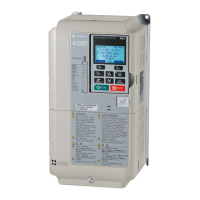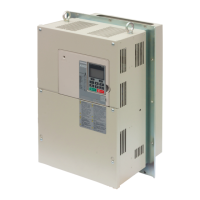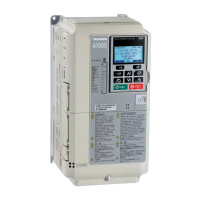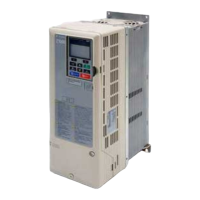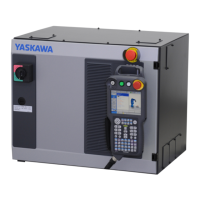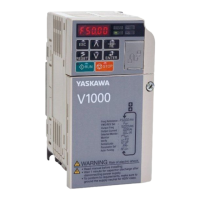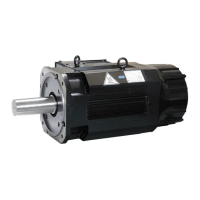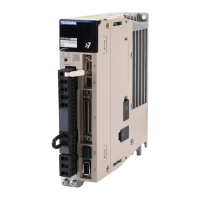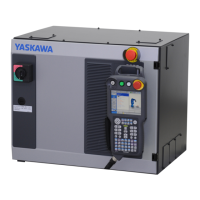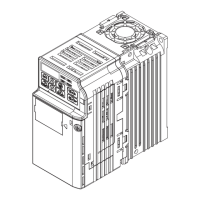2.10 Troubleshooting without Fault Display
This section describes troubleshooting problems that do not trip an alarm or fault.
The following symptoms indicate that the drive is not set correctly for proper performance with the motor. Refer to Motor
Performance Fine-Tuning on page 176 for guidance on troubleshooting.
• Motor hunting and oscillation
• Poor motor torque
• Poor speed precision
• Poor motor torque and speed response
• Motor noise
u
Common Problems
Common Problems Page
Cannot Change Parameter Settings 226
Motor Does Not Rotate Properly after Pressing RUN Button
or after Entering External Run Command
Motor Does Not Rotate 227
Motor Rotates in the Opposite Direction from the Run
Command
228
Motor Rotates in One Direction Only 228
Motor is Too Hot 228
Drive Does Not Allow Selection of Rotational Auto-Tuning 229
oPE02 Error Occurs When Lowering the Motor Rated Current Setting 229
Motor Stalls During Acceleration or With Large Loads 229
Drive Frequency Reference Differs from the Controller Frequency Reference Command 230
Excessive Motor Oscillation and Erratic Rotation 230
Deceleration Takes Longer Than Expected with Dynamic Braking Enabled 230
Noise From Drive or Motor Cables When the Drive is Powered On 231
Ground Fault Circuit Interrupter (GFCI) Trips During Run 231
Connected Machinery Vibrates When Motor Rotates
Unexpected Noise from Connected Machinery 231
Oscillation or Hunting 231
PID Output Fault 232
Insufficient Starting Torque 232
Motor Rotates After the Drive Output is Shut Off (Motor Rotates During DC Injection Braking) 232
Output Frequency is not as High as Frequency Reference 232
Buzzing Sound from Motor at 2 kHz 233
Motor Does Not Restart after Power Loss 233
u
Cannot Change Parameter Settings
Cause Possible Solutions
The drive is running the motor
(i.e., the Run command is present).
• Stop the drive and switch over to the Programming Mode.
• Most parameters cannot be edited during run.
The Access Level is set to restrict access to parameter
settings.
• Set the Access Level to allow parameters to be edited (A1-01 = 2).
The operator is not in the Parameter Setup Mode
(the screen will display “PAr”).
• See what mode the operator is currently set for.
• Parameters cannot be edited when in the Setup Mode (“STUP”). Switch modes so that “PAr”
appears on the screen.
A multi-function contact input terminal is set to allow
or restrict parameter editing
(H1-01 through H1-08 = 1B).
• When the terminal is open, parameters cannot be edited.
• Turn on the multi-function contact input set to 1B.
2.10 Troubleshooting without Fault Display
226
YASKAWA ELECTRIC SIEP YEAHHP 01B YASKAWA AC Drive – A1000 HHP Programming Manual
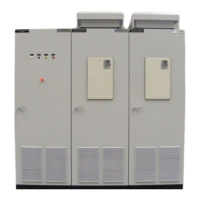
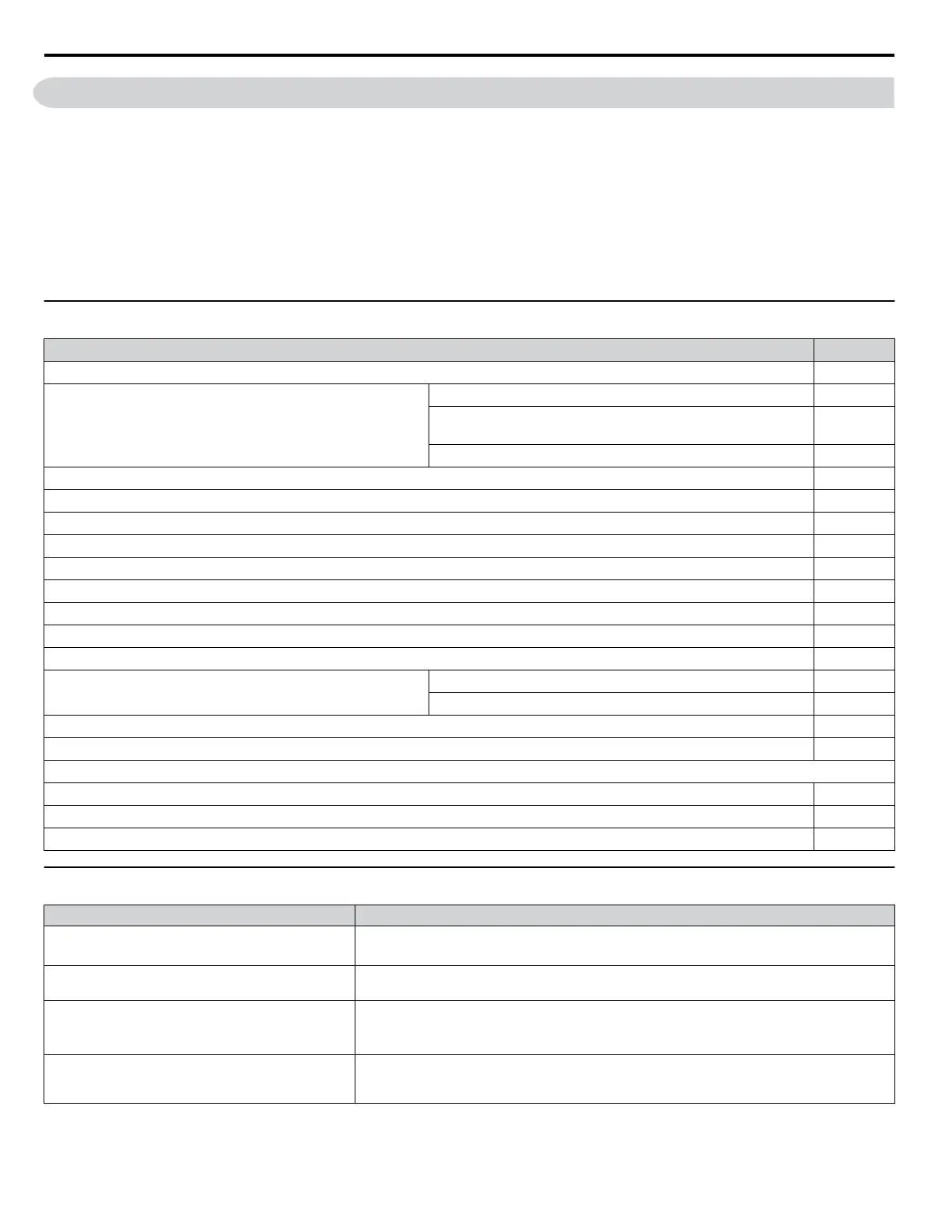